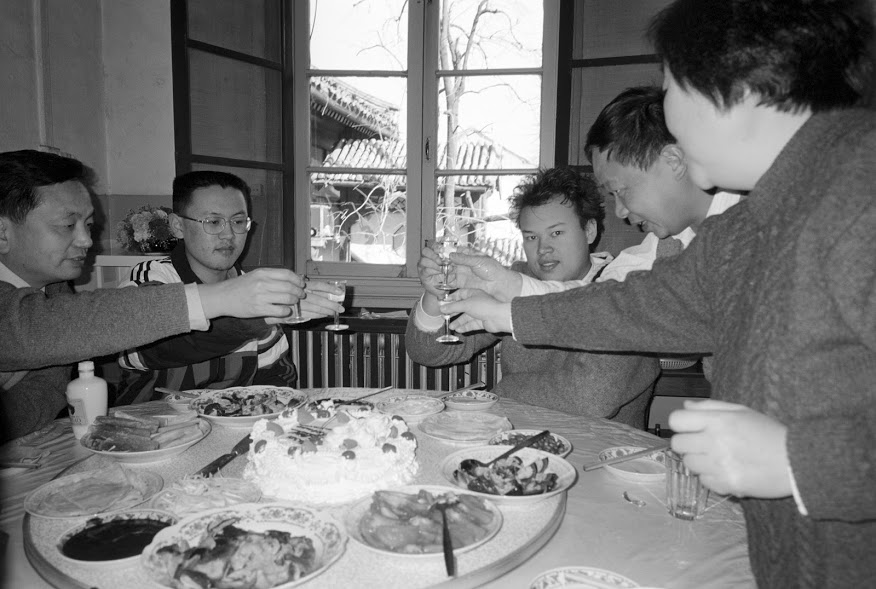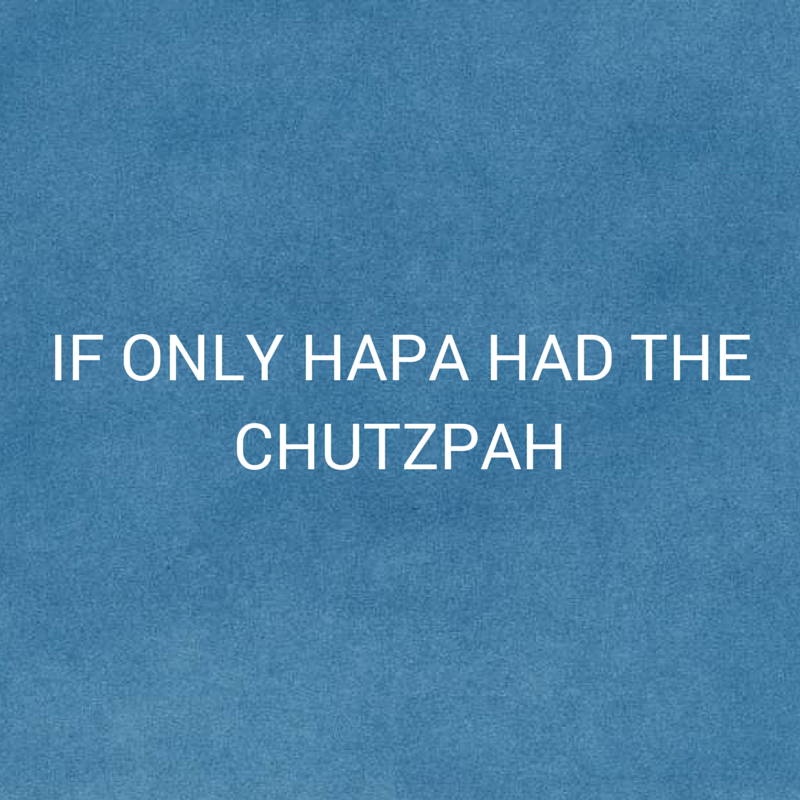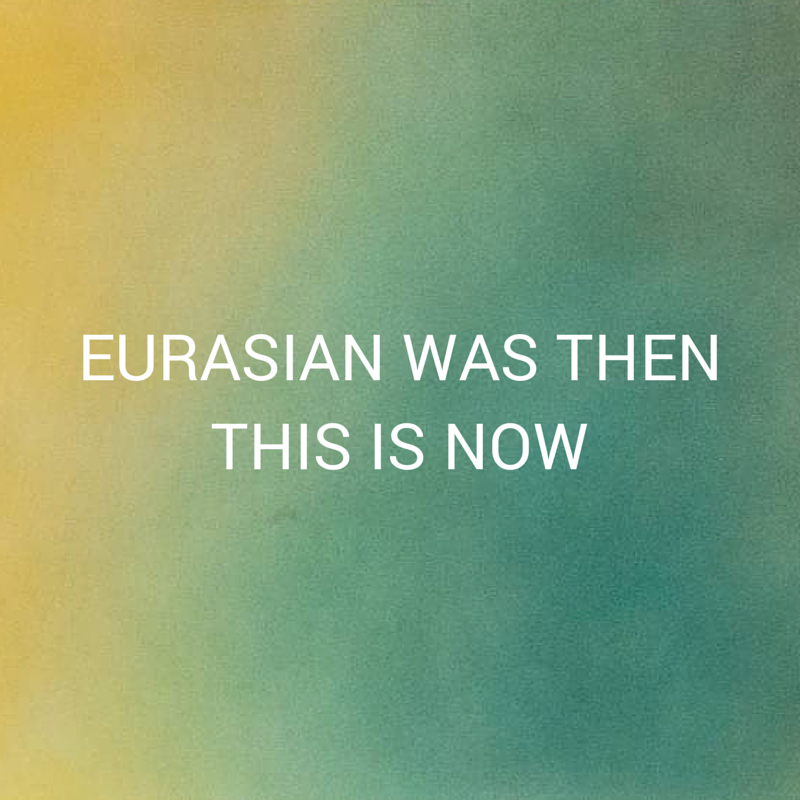Bridging a Chinese-Western Identity
This is a book about identity. It aims to provide the framework for a mixed Chinese-Western identity in an ever-changing world.
Ended
WHY THIS BOOK:
As an adolescent born to a Hong Kong Chinese father and an American mother growing up in Hong Kong and the United States, I was always asking the same questions: who am I? Am I Eurasian? Am I Hapa? Or am I something else entirely?

Whenever I questioned my identity, my father would always say to me, “Son, you can be a bridge." I've always thought about that. Presumably, that meant being some sort of a cultural go-between. While I didn't completely understand what my father was trying to get at at the time, the idea of being a bridge intrigued me.
This book arose from my own need for organizing principles. In business and in family life, I am in constant dialogue with both sets of everyday customs – one Chinese, one Western. The existing rubrics available weren't particularly useful. “Hapa," while inclusive, offered no meaningful guidance. It didn't ask the tough questions – its “world without walls" philosophy was self-limiting in many ways.

“Eurasian," on the other hand, seemed much too elitist, often opting to safeguard existing privileges at the expense of acquiring new skills. This book is about going beyond Eurasian and Hapa in the search for an identity. It's about building bridges.

ABOUT THE BOOK:
In cities such as Shanghai, San Francisco and Singapore, mixed Chinese-Western and other multiple-race ethnic groups constitute a long-familiar part of the social fabric. Driven by movements in capital, transfers in technology, and reduced social barriers to intermarriage, the aggregate global numbers of mixed babies are on the rise. According to the US Census Bureau, Asian/White mixed is one of the fastest growing demographics. Between 1982 and 2010, the number multiplied tenfold in the United States. From 2000 to 2010, it doubled.

This book is addressed to a rising millennial generation, for whom an emerging transnational identity has become a reality. The premise of the book is that, rather than aspiring to greater social inclusion within a single nation, those with mixed identities will find more value in interfaces in between countries and cultures.
Having fluency in managing differing and oftentimes opposing sets of everyday customs means being able to extract new value, to bring to the table new expertise for conflict resolution.These cross-cultural skills are increasingly relevant amidst a rising China engaging in business with the rest of the world while simultaneously disengaging from the Western liberal order. In a world where walls persist, bridges continue to be vital interfaces.

Beyond Eurasian and Hapa: Bridging a Chinese-Western Identity is, at its heart, a book about identity. It aims to build a framework and to help think of identity from the standpoint of a mixed Chinese-Western individual in an ever-changing world.
WHAT'S IN THE BOOK
Chapters:
Chapter 1: Why the Season for Bridges?.......................................
Chapter 2: What is a Bridge?..........................................................
Chapter 3: Western Wateriness....................................................
Chapter 4: Chinese Earthiness.......................................................
Chapter 5: Broken Bridges.............................................................
Chapter 6: Ghosts Over Unbuilt Spans..........................................
Chapter 7: In Tension we Trust.....................................................
Chapter 8: Scroll Bridge..................................................................
Chapter 9: Bird's Nest Bridge.........................................................
Chapter 10: Jellybean Bridge...........................................................
Chapter 11: Treehouse Bridge.........................................................
Chapter 12: Semiconductor Bridge.................................................
Chapter 13: Amber Bridge...............................................................
Chapter 14: What Bridges are Not...................................................
Excerpt:
On the terrace Eason said it: I wasn't Chinese.
For all of our Cantonese banter, for all the attempts to learn folk songs, and the shoulder-to-shoulder camaraderie in conducting business – man, did I assume wrongly.
My 50% Chineseness went to 0% in a flash.
There were times in Guangdong when I was rolling 85% Chinese. Some days I momentarily hit 95%, like when I convinced someone of something using a Chinese frame of reference, with Chinese metaphors, and Chinese phraseology. Like when I slipped in a Journey To The West reference and it just flowed, or when I mused with dorky puns like wuxian ni de wuxian (un-limit your wireless). At other times, I'd hover around 30%-60%. Some days, when I missed California and all I could think of was Mexican food, I went down to 5%.
In all of this- never was I 0%, nor was I ever 100% Chinese, I concede. There were some people who could never get over that I looked different. There were some who had intractable, maybe even harsh views on race. But I knew there were those who had room in their worldview for people like me. That on many days I was in control of my identity – that I had identity options – was a fact.
But in that acrimonious conversation, neither Eurasian nor Hapa could help me.
If I believed in Hapa, I would have told Eason he was wrong. I would have proclaimed him racist. If I believed in Eurasian, I might have switched to English – his was poor – and told him he was from the sticks, and my worldliness made me better than him.
I didn't have the vocabulary then. But today I reject both those solutions.
I can do better.
Eurasian and Hapa weren't robust identities. They weren't stuff serious enough for a useful framework, much less something to fallback on in an argument.
Ultimately, there is truth to what Eason says. I am not fully Chinese, nor am I fully Western. Indeed, there are aspects of Chinese I don't even know I don't know, and visa versa. But should I resolve to avoid the Easons of the world? Should I live in rarefied places where I don't have to deal with Easons from the sticks?
I say no. I say absolutely not."

Jason Fung is a first-time author. He lives in the bowels of Hong Kong, where he gets to be as Chinese or as Western as he needs to be, or something in-between, every single day. He is a product of both art school and business school, and sees studying and performing impersonations as his bona fide gateway to intercultural bridge-building. Follow Jason on Twitter @jfung1
Dear Friends and Supporters:
Thank you again for backing my project! A few hours ago the campaign closed--we surpassed our target by 28%!
I am …
Beyond Eurasian and Hapa is fully funded!
Due entirely to generous pre-purchases by family, friends, and early adopters alike-- my Publishizer book campaign is a …
Dear Friends,
As of this morning (Hong Kong Time) Beyond Eurasian and Hapa is 75% funded!
I am grateful for the outpouring of support from …
Thank you so much to my early backers!
Please stay tuned for more updates!
$10
6 readers
A copy of the eBook upon release in February 2015
Includes:
$25
23 readers
A tangible, physical copy of the print book! Release date February 2015!
Includes:
$50
52 readers
Get a copy of the Print Book, a copy of the eBook, AND be personally acknowledged as a "Patron" in both the print and eBook versions of the book!
Includes:
$200 Sold out
16 readers
Get 2 copies of the print book, one eBook, AND a "Benefactor" acknowledgement inside both versions of the book! In addition, receive an invite to the "Benefactor Dinner" hosted by the author in Hong Kong in Spring 2015 (TBD)
Includes: